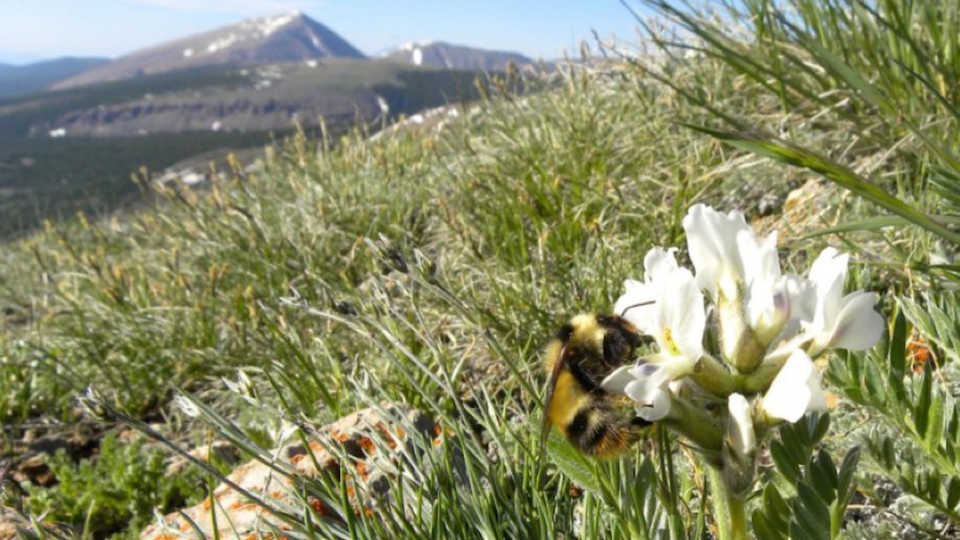Science News
Monday Bites: Bee Tongues and Active Poles

Tongue Changes
Pollinators and their flowers are often very well adapted to the other. These mutualistic relationships have evolved over millions of years. But if something happens to one of the beneficial species, what occurs to the other? A study published last week in Science looks at one example with alpine bumblebees and the deep flowers with long corolla tubes they frequent.
A study of long-tongued bumblebee (Bombus balteatus and B. sylvicola) specimens from collections discovered that their tongues are getting shorter. A team of scientists wondered why this was happening and discovered that it wasn’t a result of decreasing body size, competition from invaders, or co-evolution with flowers in the area, but instead, warming summers. This change in seasonal temperature reduced numbers of the deep flowers these species prefer, forcing the insects to be general foragers capable of feeding across remaining flowers, including many shallow flowers. This tongue shortening could help the alpine bees survive, the team writes, because “shifts in foraging strategies may allow alpine bumblebees to cope with environmental change.”
No hibernation for you!
“Concealed behind the curtain of darkness is a world of activity, beauty, and ecosystem importance.” Jørgen Berge of the University Centre in Svalbard is describing what goes on under the surface of the Arctic Ocean on a cold, dark winter day (really, night). He and his colleagues conducted a large-scale survey and ecosystem study of the polar night in one of the Svalbard fjords during three consecutive winters. Their findings were published last week in Current Biology.
Instead of an ecosystem that had entered a resting state, the researchers say they found a system buzzing with biological activity. In fact, the diversity and reproductive activity of some species was actually greater during the winter than at other times of the year. Copepods and other zooplankton, for example, were actively reproducing, and filter-feeding Iceland scallops kept right on growing. Baited traps with time-lapse cameras revealed an abundant and active community of shallow-water scavengers, including whelks, amphipods, and crabs.
Berge says that he and his colleagues were perhaps most surprised by the seabirds. “Not only are they there, but they are able to find their preferred food in the total darkness,” he says. “We do not know how they are able to do this, and we do not know how common it is for seabirds to overwinter at these latitudes. But we [now] know that they do.”
I think I’ll take his word for it—the polar winter night may be a bit too cold for me.
Image: Christine Carson